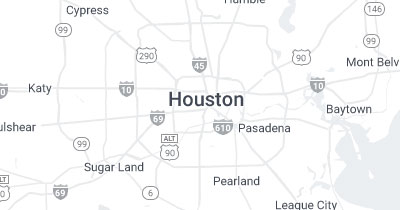Herniated Disc
(Slipped Disc, Ruptured Disc, Torn Disc)
A herniated disc refers to a problem with one of the rubbery cushions (disks) between the individual bones (vertebrae) that stack up to make your spine. This is a common back and spine condition that needs medical attention.
When a disc is herniated, a problem in the annulus can cause the jelly-like nucleus to push out into the spinal canal. This can lead to pressure on a spinal nerve, in which case the patient may experience pain, numbness or weakness in the back, legs or arms.
The exact location and nature of the symptoms will vary based on where the herniated disc occurs. Most herniated discs happen in the lower spine but about 10% occur in the neck.
- Arthritis
- Ruptured Discs
- Bulging Disc
- Sciatica a radiating, aching pain, sometimes with tingling and numbness, that starts in the buttock and extends down the back of one leg.
- Pain, numbness or weakness in the lower back and one leg, or in the neck, shoulder, chest or arm.
- Lower back pain that worsens when you sit, cough or sneeze.
Discectomy (also called open discectomy) is the surgical removal of herniated disc material that presses on a nerve root or the spinal cord. The procedure involves removing the central portion of an intervertebral disc, the nucleus pulposus, which causes pain by stressing the spinal cord or radiating nerves. Microdiscectomy is a minimally invasive surgical procedure in which a portion of a herniated nucleus pulposus is removed by way of a surgical instrument or laser while using an operating microscope or loupe for magnification. Patient will not be considered for surgery until pain management and physical therapy have failed.




